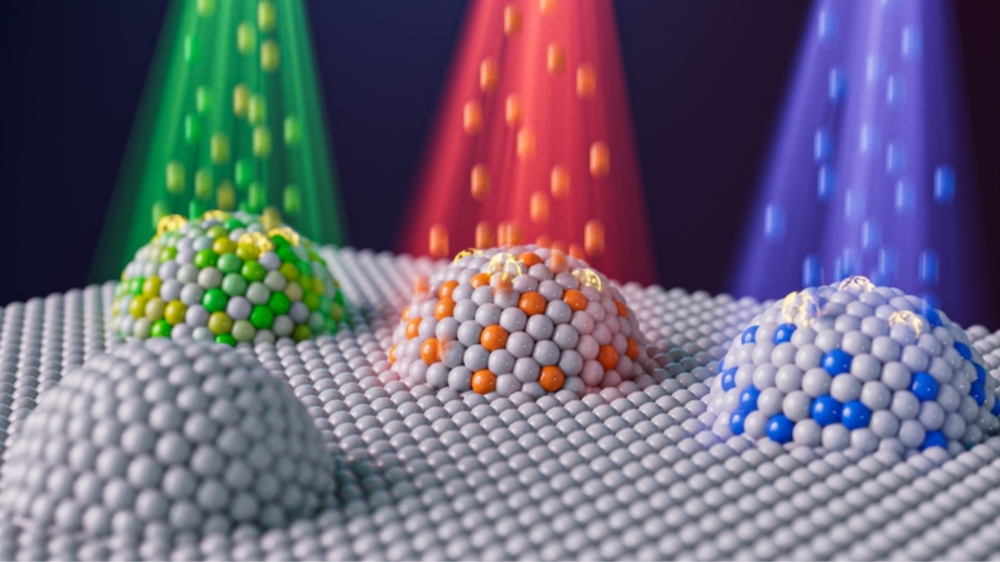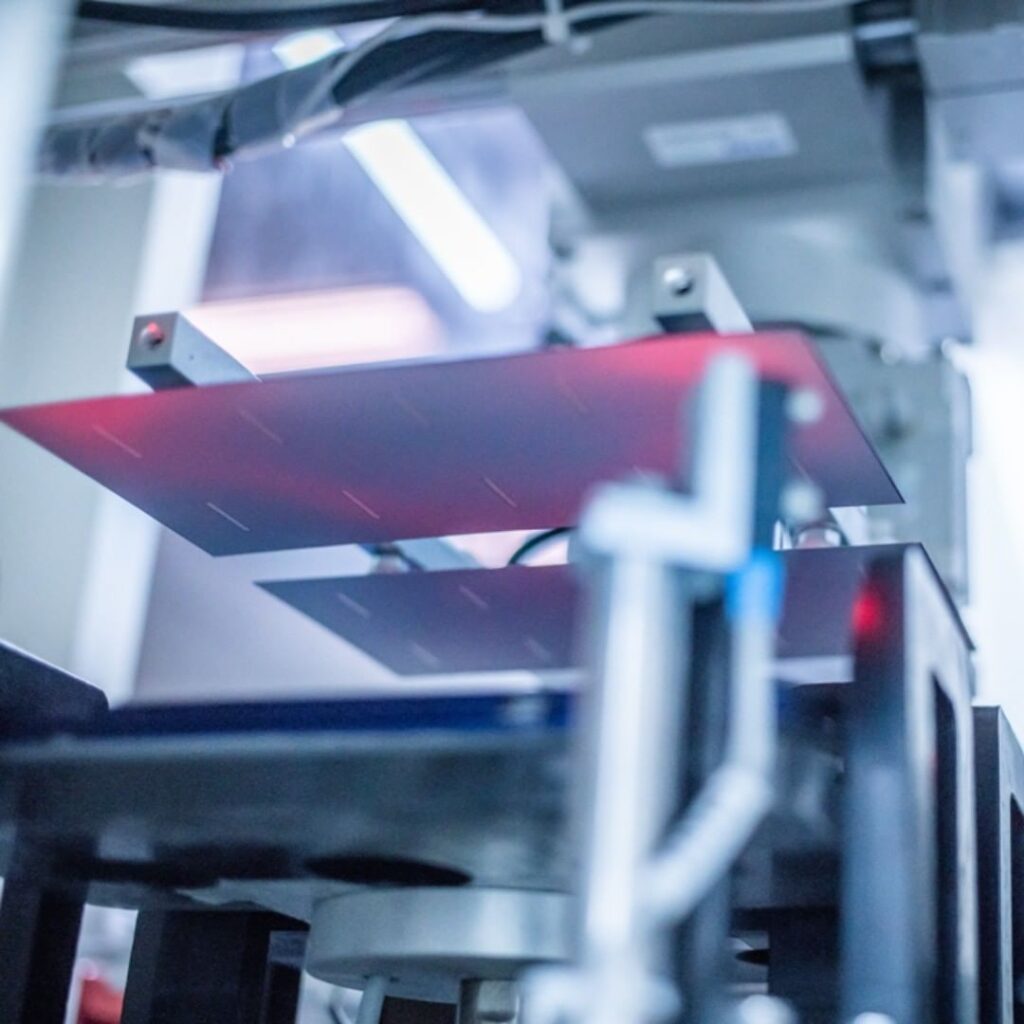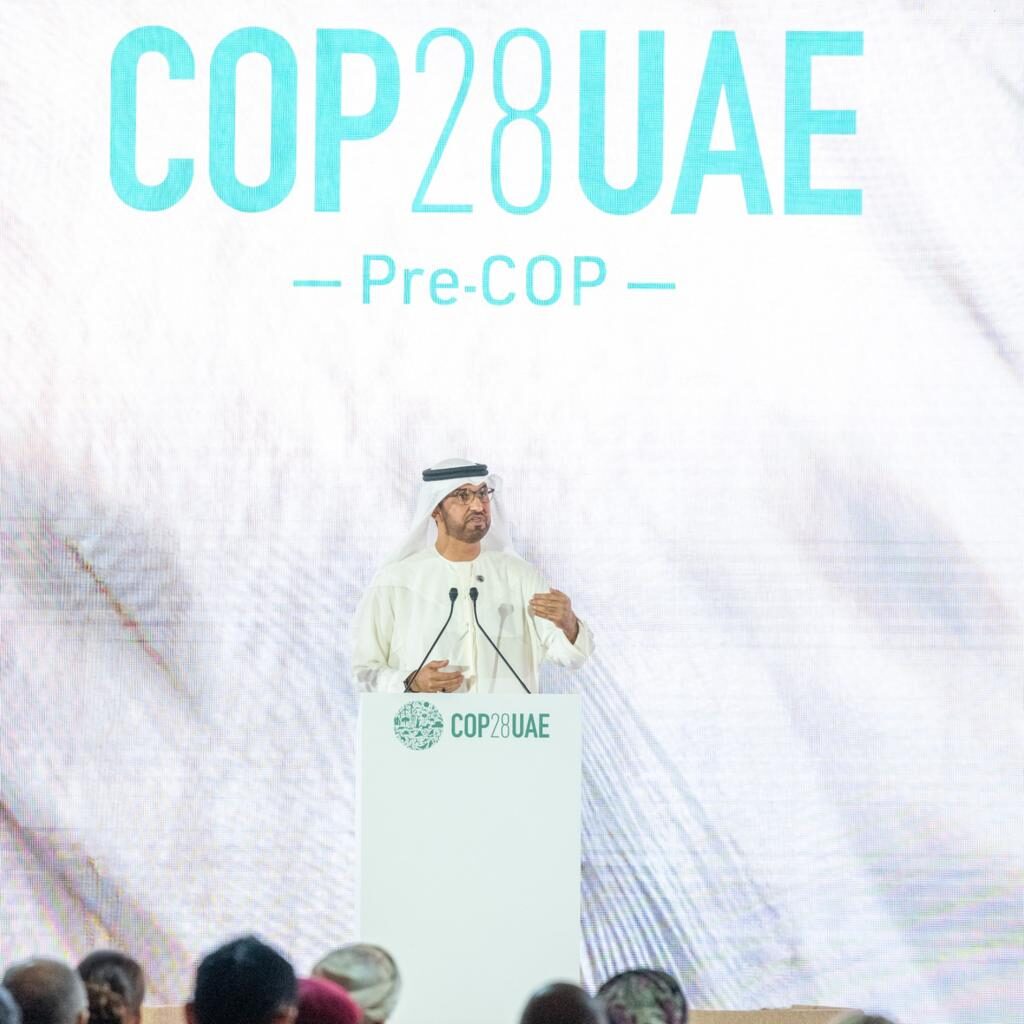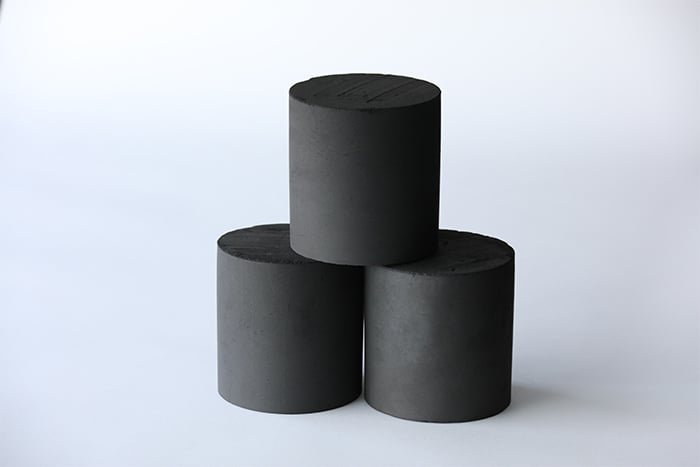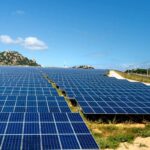Imagine a world where clean energy is not just a dream, but a practical reality. At the forefront of this revolution stands a breakthrough by MIT researchers: the precise engineering of nanoparticles through ion irradiation. This innovation promises to redefine the boundaries of clean energy and environmental technologies.
Ion irradiation is a process where beams of charged particles bombard a material, altering its properties. In the realm of clean energy, this means creating nanoparticles with controlled size, composition, and density – essential for optimizing reactions in fuel cells and electrolysis. The MIT team’s success in using ion irradiation to manipulate these nanoparticles is a monumental step. For instance, they achieved nanoparticles as small as 2 billionths of a meter, a scale previously unattainable through conventional methods.
The implications of this technology extend far beyond the laboratory. In a world grappling with climate change and seeking sustainable energy solutions, this innovation could be a key player. It holds the promise of more efficient fuel cells, enhanced clean hydrogen production, and a significant leap in energy-efficient computing devices. The societal impact is immense, potentially transforming how we power our homes, industries, and vehicles.
Prof. Bilge Yildiz, the leader of this groundbreaking work, states, “The materials we have worked on could advance several technologies, from fuel cells to generate CO2-free electricity to the production of clean hydrogen feedstocks for the chemical industry.” Sossina Haile, a Materials Science Professor at Northwestern University, adds, “In this work, Yildiz and colleagues have created an ingenious method for controlling the way that nanoparticles form.”
This technological advance resonates with a global audience. It’s not just about the nanoparticles or the technicalities; it’s about our collective pursuit of a sustainable future. It’s a story of scientists striving to make a difference, of a technology that could help us tread more lightly on our planet.
Similar Posts
The process involves exsolving metal nanoparticles on electrode surfaces, a critical aspect of electrochemical reactions. The novelty lies in using ion irradiation to control this exsolution, allowing the team to fine-tune the nanoparticles’ features for optimal performance. This precision engineering could herald a new era in catalyst design, crucial for energy conversion processes.
The future possibilities are as exciting as they are vast. We’re looking at potentially more robust, efficient, and environmentally friendly energy conversion processes. This technology paves the way for advancements not just in clean energy, but in various sectors reliant on nanotechnology.
The work of MIT’s researchers in using ion irradiation to engineer nanoparticles is a beacon of hope in the quest for clean energy solutions. It’s a testament to human ingenuity and a reminder of our potential to create technologies that align with our environmental responsibilities. As we reflect on this advancement, we can’t help but be optimistic about the future it heralds.
